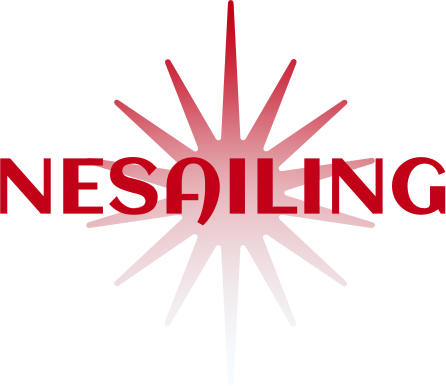Purchasing a used sailing boat can be a rewarding experience, offering both cost savings and the opportunity to own a vessel with a proven track record. However, buying a used boat requires careful consideration and thorough inspection to ensure you’re making a sound investment. This guide provides essential tips for evaluating and purchasing a used sailing boat, helping you make an informed decision and avoid potential pitfalls.

Research and Preparation
1. Define Your Requirements
Before beginning your search, clearly define what you want in a sailing boat. Consider factors such as size, type (e.g., cruiser, racer, or day sailer), and intended use (e.g., coastal cruising, offshore sailing). Establishing your priorities will help narrow down your options and focus your search.
2. Set a Budget
Determine your budget, including the cost of the boat, potential repairs, and ongoing maintenance expenses. Be realistic about what you can afford and consider setting aside funds for unexpected repairs or upgrades.
3. Research Market Prices
Research current market prices for similar used sailing boats to get an idea of fair pricing. Websites such as Boat Trader, YachtWorld, and Craigslist can provide valuable insights into market trends and pricing.
Inspecting the Boat
1. Examine the Hull
Inspect the hull for signs of damage, such as cracks, blisters, or delamination. Look for evidence of repairs and ensure the hull is in good condition. Check the boat’s history for any major accidents or repairs.
2. Assess the Deck and Superstructure
Examine the deck and superstructure for signs of wear and tear. Look for soft spots, which may indicate underlying rot or damage. Inspect the rigging, sails, and mast for any signs of wear, corrosion, or damage.
3. Check the Engine
If the boat has an inboard engine, inspect it thoroughly. Check for any leaks, corrosion, or unusual noises. Verify the engine’s maintenance records and ensure it has been regularly serviced.
4. Inspect the Interior
Examine the interior of the boat for signs of water damage, mold, or mildew. Check the condition of the upholstery, cabinetry, and fixtures. Ensure that all systems, such as plumbing and electrical, are functioning properly.
5. Review the Sail Inventory
Inspect the sails for signs of wear, such as tears, fraying, or patches. Check the condition of the sail lines, winches, and other sailing hardware. Ensure that the sail inventory meets your sailing needs.
Documentation and Verification
1. Review the Boat’s History
Obtain and review the boat’s history, including maintenance records, previous ownership, and any major repairs. A well-documented history can provide insights into the boat’s condition and care.
2. Verify Ownership and Title
Ensure the seller has clear ownership of the boat and verify that the title is free of liens. Request documentation proving ownership and check the boat’s registration status.
3. Get a Marine Survey
Consider hiring a professional marine surveyor to conduct a thorough inspection of the boat. A surveyor can identify potential issues and provide an objective assessment of the boat’s condition.
Negotiation and Purchase
1. Negotiate the Price
Based on your inspection and research, negotiate the price with the seller. Be prepared to make a fair offer based on the boat’s condition, market value, and any necessary repairs.
2. Review the Purchase Agreement
Carefully review the purchase agreement and ensure it includes all relevant details, such as the agreed-upon price, payment terms, and any conditions of the sale. Make sure both parties sign the agreement.
3. Complete the Transaction
Finalize the purchase by completing the necessary paperwork, transferring ownership, and making payment. Ensure you receive all required documentation, including the title, registration, and any warranties or service records.
Conclusion
Buying a used sailing boat requires careful consideration, thorough inspection, and informed decision-making. By defining your requirements, setting a budget, researching market prices, and carefully inspecting the boat, you can make a wise purchase and enjoy a successful sailing experience. Always review the boat’s history, verify ownership, and consider professional assistance to ensure a smooth and satisfying transaction. With these tips, you’ll be well-prepared to find the perfect used sailing boat for your adventures on the water.

